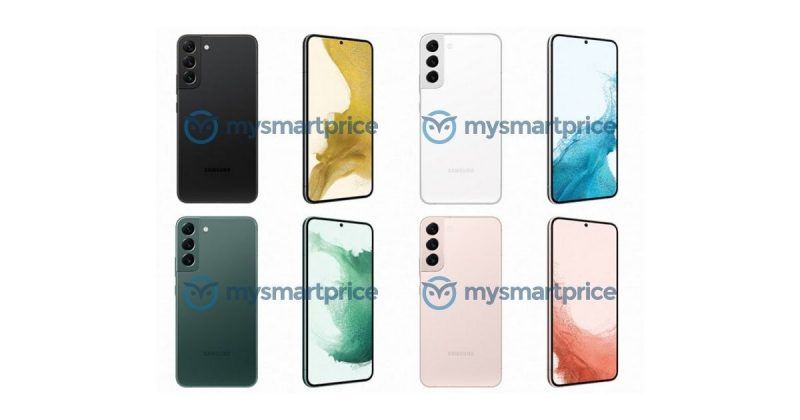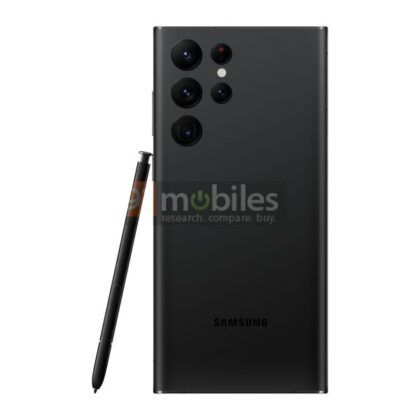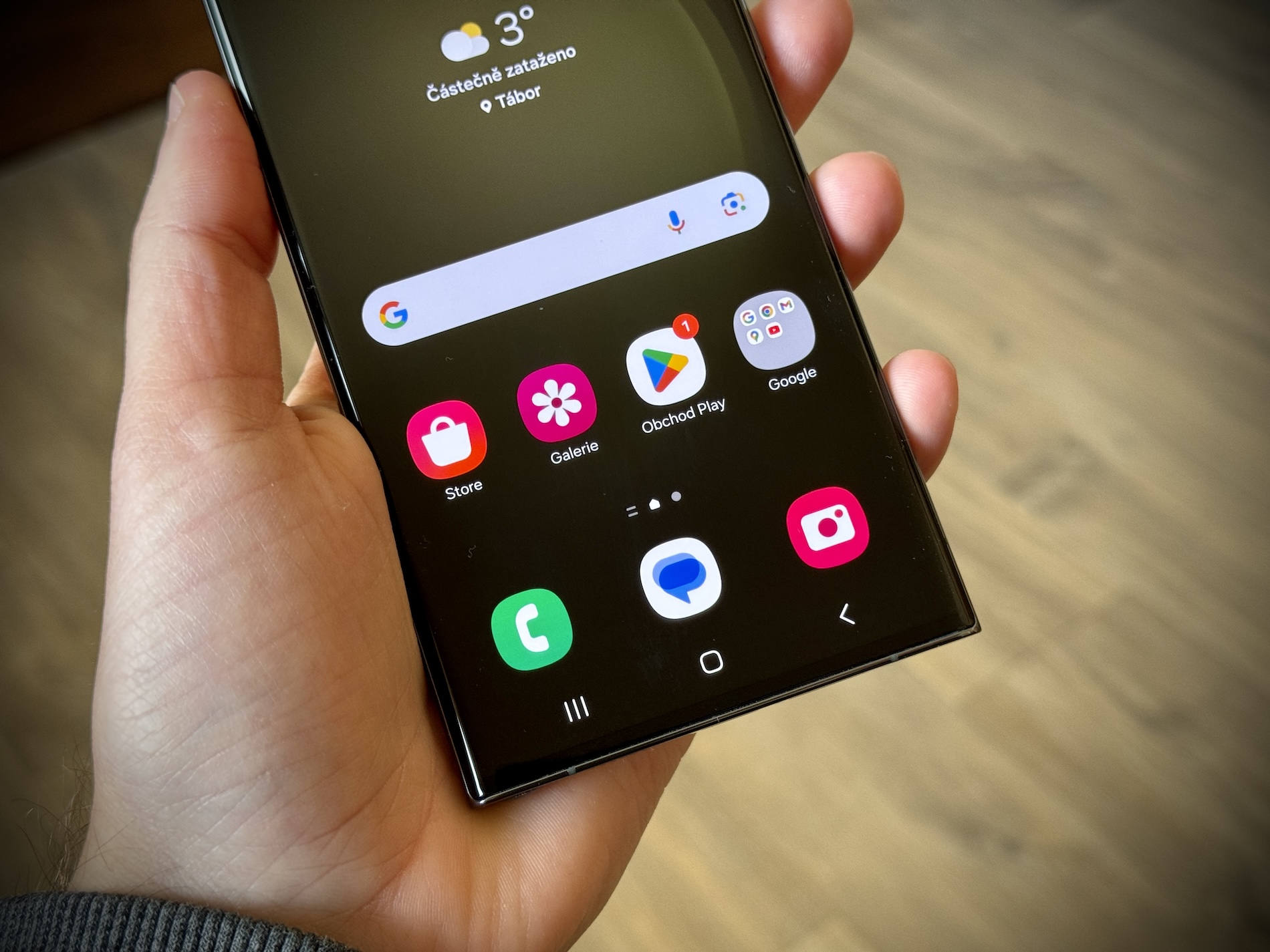Despite all the reports, Samsung has finally revealed its flagship mobile chipset for 2022. The Exynos 2200 is the company's first 4nm chip with AMD GPUs, which also uses newer CPU cores and faster AI processing. Of course, all of this should lead to faster performance and better energy efficiency. But how does it compare to the previous generation?
With its new chipset, the company is clearly aiming for better gaming performance. In its press release, it said that the Exynos 2200 "redefines the mobile gaming experience" and that AMD RDNA 920-based Xclipse 2 GPU "it will close the old era of mobile gaming and start an exciting new chapter of mobile gaming."
Marginal CPU improvements
The Exynos 2100 is a 5nm chip, while the Exynos 2200 is made using a slightly improved 4nm EUV manufacturing process. This should offer better power efficiency for similar workloads. Unlike the Exynos 2100 which used Cortex-X1, Cortex-A78 and Cortex-A55 CPU cores, the Exynos 2200 uses ARMv9 CPU cores. These are 1x Cortex-X2, 3x Cortex-A710 and 4x Cortex-A510. The company hasn't given any official data on the performance improvement itself, but it's likely to be at least a slight increase. The main thing is supposed to take place in the graphics.
You could be interested in
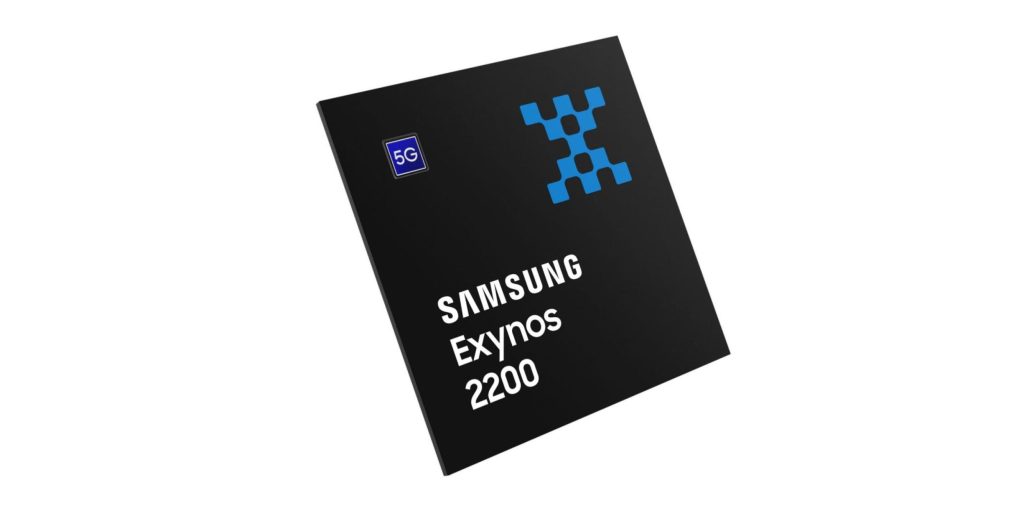
Xclipse 920 GPU based on AMD RDNA 2
The all-new Xclipse 920 GPU used inside the Exynos 2200 is based on AMD's latest GPU architecture. The latest gaming consoles (PS5 and Xbox Series X) and gaming PCs (Radeon RX 6900 XT) use the same architecture, which means the Exynos 2200 has a great foundation to achieve truly engaging gaming results, but on mobile. The new GPU also brings native support for hardware-accelerated ray-tracing and VRS (Variable Rate Shading).
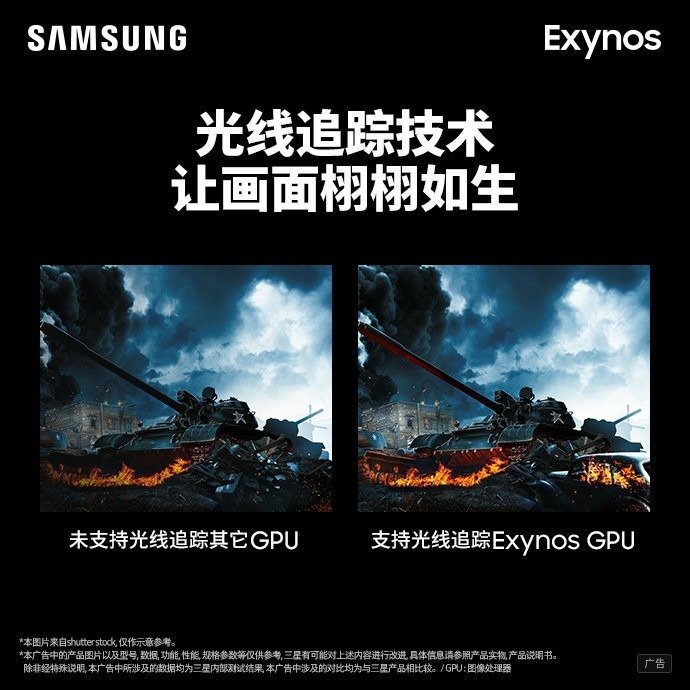
Given that ray-tracing can bring even the most powerful desktop GPUs to their knees, we can't expect to see anything that can compete with them right away. On the other hand, games that use VRS could offer better frame rates or higher power efficiency. However, both chipsets can drive 4K displays at 120Hz refresh rate and QHD+ displays at 144Hz, and also offer HDR10+ video playback. Exynos 2100 and Exynos 2200 support LPDDR5 RAM and UFS 3.1 storage. Just for the sake of completeness, let's add that the Exynos 2100 has an ARM Mali-G78 MP14 GPU.
You could be interested in
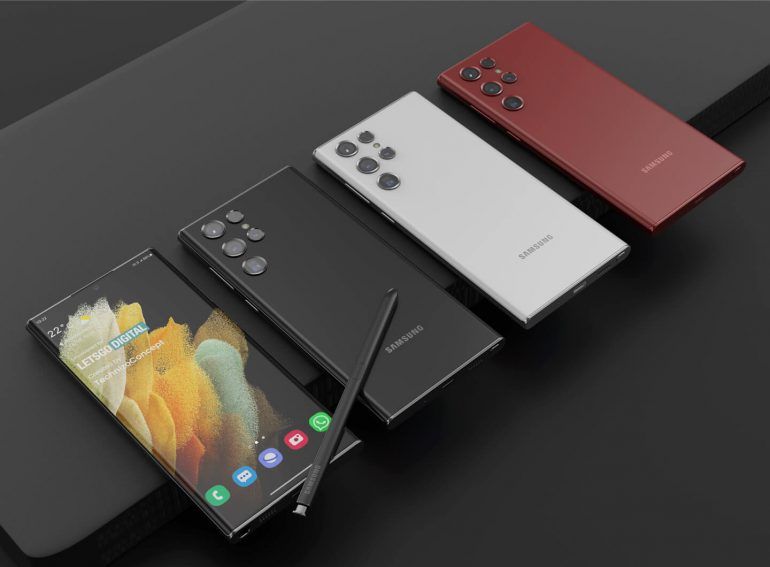
Better work with cameras
While both chipsets support up to 200MPx camera sensors (like the ISOCELL HP1), only the Exynos 2200 offers 108MPx or 64MP + 32MP images with zero shutter lag. It also supports up to seven cameras and can process streams from four camera sensors simultaneously. It means the new chipset can offer a much smoother camera with seamless switching between different sensors. Both chipsets support video recording in 8K resolution at 30 fps or 4K at 120 fps. It is not expected that the S22 series would bring the latter.
No significant improvement in connectivity
Both chipsets also contain integrated 5G modems, with the one inside the Exynos 2200 offering a higher download speed, i.e. 10 Gb/s in dual connection mode 4G + 5G compared to the 7,35 Gb/s of the Exynos 2100. Both processors are equipped with BeiDou, Galileo, GLONASS, GPS , Wi-Fi 6E, Bluetooth 5.2, NFC and USB 3.2 Type-C.
You could be interested in
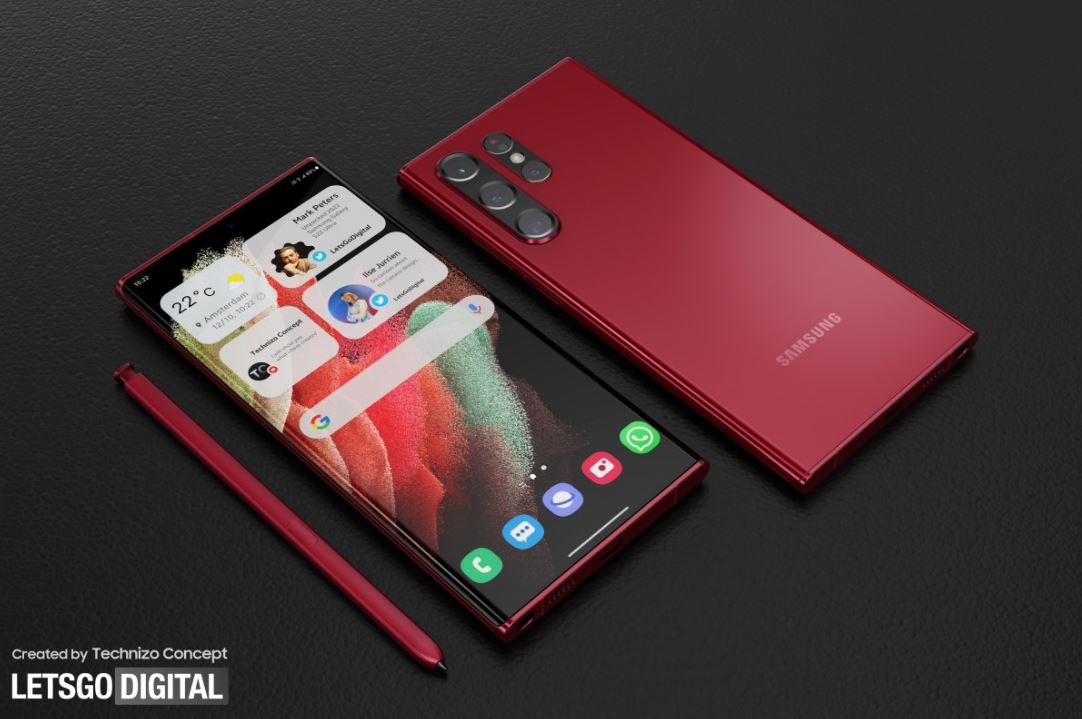
Although the paper values are rather great, until we have real tests, there is no telling what the Xclipse 920 GPU in particular will really bring to mobile gamers. Otherwise, it is actually just a natural evolution of the Exynos 2100. The Exynos 2200 should be the first to arrive at the beginning of February, together with a number of Galaxy S22, the first real performance tests could be as early as the end of February.


